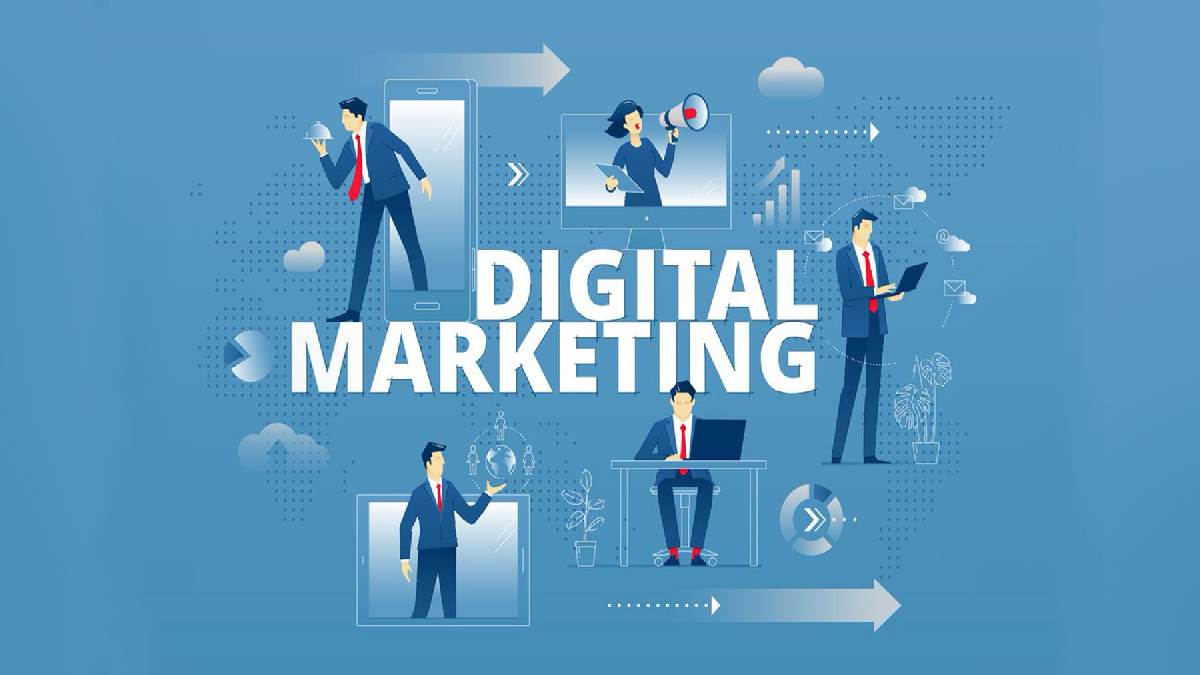
Today, software products have become such an integral part of our lives that it’s difficult to envision any of our everyday activities taking place without the use of some kind of computer-based application or procedure!
When it comes to producing a solid software product, however, the process becomes much more difficult to modify. Almost 14% of software projects fail because they don’t follow suitable software product development guidelines on a regular basis. In actuality, 75% of business and IT executives assume that their software projects will fail.
This is why, in order to produce a high-quality software product that satisfies criteria and overcomes problems, it’s critical to follow a set of systematic processes.
Software product development that is meticulous not only enhances the final product’s quality, but also the software development process as a whole. Thus, you must purchase software from reputed firms like pvsid.io, so you don’t face functional issues.
Let’s have a look at our complete guide on software product development, which will answer all of your questions!
Software Product Development is defined as:
The deployment of a set of features in a software product designed to fulfill specific market demands is referred to as software product development. Software product development is a logical, repeated process that tries to create a programmed software product to represent a certain personal or commercial purpose, method, or goal. It’s usually a well-thought-out approach that includes many phases or procedures that culminate in the construction of a working software product.
Depending on your business needs, there are four basic software types
1. Products for System Software
Systems software applications can ease application development by managing the resources of the computer system. Operating systems, database management systems, networking software, translators, and software utilities are just a few examples.
2. Software Programming Products
Compilers, text editors, debuggers, and linkers are examples of programming software, often known as development tools. They help software developers create, debug, and maintain other programs and apps.
3. Software for Applications
An application or product that may be utilized to accomplish tasks is known as application software. Data management software, Office productivity suites, media players, and other kinds of application software are well-known.
4. Products for Embedded Software
Embedded System Software is used to operate equipment and devices through telecommunications networks, industrial robots, automobiles, and other gadgets.
Find more useful and interesting information that will definitely help you by following this link: https://omisoft.net/.

Methodologies for Developing Software Products
There are a variety of software product development approaches available today, each with its own set of benefits, ranging from reduced risk to increased process efficiency and continuous iterations to increased scalability. Take a look at the four most common software product development approaches — waterfall, agile, scrum, incremental, and iterative – to discover which one best suits your requirements.
Waterfall
The waterfall model incorporates a number of consecutive stages: from conception through maintenance, and is one of the early software product development approaches. This approach is excellent for projects that need precise and accurate papers that specify how the system will be built, since it guarantees that well-defined objectives are met.
Agile
Every few weeks, new upgrades and releases of the software product are created utilizing agile methods and made available to customers.
Following customer feedback at each stage of the product development process, more attributes may be evaluated, added, and tested again. The agile method saves time and guarantees that the final product meets the requirements.
Scrum
Scrum is a subset of Agile techniques that is used to manage the macro level of software product development. It adheres to agile’s ideas and ideals, as well as providing further specification and definition by taking into account several key software product development methods. This strategy is ideal for software applications that have a variety of requirements.
Iterative and incremental
The incremental and iterative software product development method bridges the gap between the upfront planning of the Waterfall process and the flexibility of the Agile process. While both are based on the concept of generating little pieces of software and exposing them to consumers for feedback, they vary in terms of what you build during each release.
With the Right Process, You Can Achieve Success
The relevance of the software product development process is undeniable as firms spend time and effort in new technologies. Project execution and code development will be more fluid if you follow a specified software product development approach.


